Continuing the Love Affair – A Practical Review of the Fujifilm X-E1
It’s hard to know where to start. For one, I don’t love writing reviews, with lots of technical information and 100% crops and stuff like that. For another, this camera has been out for awhile now, and I don’t know that I have a lot to share, other than my own experience with, and opinions of, the Fuji system. I will say that before I bought the Fujifilm X-E1, I had a hard time finding reviews with lots of photo samples. They’re out there, but many are surprisingly unhelpful. This is not a dig on all the other reviewers, because I found some good opinions and some fabulous photos. Rather, I think this is a camera that’s a little out of the spotlight, maligned as it was for so long with poor autofocus and quirkiness. So, I’ll try to address some things that maybe weren’t covered in other reviews or write-ups. I’m also going to just put in a lot of photos from the stuff I’ve been shooting, and let them speak for themselves.
To collect the photos for this blog, I tried to use the X-E1 in as many different situations as possible, and to try to shoot it more or less like I have shot with DSLRs since 2006. I shot portraits, I shot street photography. I tried action, and wildlife, lifestyle and events. I pulled it out at a wedding for candids, and it has accompanied me virtually everywhere since it arrived. I started with the Fujinon 18mm f/2, 35mm f/1.4, and 60mm f/2.4 macro, and then added the wonderful 55-200 f/3.5-4.8 telephoto zoom. Most recently I’ve added an EF-20 speed light, which I’ll be trying out soon. In some situations, the little retro camera shined. In others, it stumbled. Mostly, though, it’s been fun, and a great reminder of how little the camera really matters when it comes to making photographs.
That last bit was so important I’m going to say it again, but a little differently: I had to change some things, had to adjust to lenses that zoom and focus by turning the wrong way, had to find new hand positions and bracing and quick ways to get through menus. I had to approach my shots a little differently, to time my moments in a different way. In the end, though, my photographs still look like my photographs. There is no mistaking that. The cameras, lenses, and accessories have changed over and over, but my photographs are unmistakably me.
I am no stranger to small, mirrorless cameras… I have been trying to find one to replace my DSLR for years. I started with the Panasonic GF-1, continued on to the excellent Olympus OM-D EM-5, and finally have settled here, on the Fuji X-E1. The Olympus is probably the best performer overall, and as a system, one of the most complete current offerings. It was the files, however… the lovely, rich images of the Fuji that won me over in the end. I just couldn’t ignore those images, or the wonderful lenses that helped produce them, or the manual controls that fall so effortlessly to hand.
Some things of note:
- I’ve yet to shoot this camera in RAW. The JPEGs and the auto white balance are so good, I just haven’t bothered. That probably terrifies some of you reading this. JPEGs are smaller, they ingest faster, they cut way down on post-processing time. Coming out of the X-E1, they look amazing. Life’s too short to sit in front of a computer monitor tweaking RAW files or writing camera reviews. That said, I bet the RAW files are even better. Maybe one of these days I’ll try them out.
- The first time I looked at the files on a big screen, they were intermingled with shots from my Canon 5D mark II and Canon 5D mark III. They looked so good, I freaked. The auto white balance I mentioned above just slayed the Canons–way more accurate and better looking. The high ISO performance is really great–the noise at 6400 looks like film grain, especially in black and white. There’s still detail, and the autofocus is really accurate.
- The implementation of continuous autofocus is dumb and counterintuitive. I hear that Fuji has fixed it somewhat on the X-E2, but I bet it’s still not quite right. Aside from slowness, it’s just weird.
- I would have hated this camera if I’d bought it when it first came out. There are still things now that frustrate me, but without focus peaking and some of the other performance/firmware updates, I would have chucked this camera into the ocean at the first opportunity, beautiful files be damned.
- Most of my other quibbles have been addressed with the upcoming X-E2–I’m not going to enumerate them all, just trust me.
- What you’ve read about the lenses is pretty much true–the 18 is good but not great (though I’ve been using it more than I expected), the 35 is the star, and the 60 is great when you can get it to focus. They’re all quite good, and built really well.
I don’t know what else to tell you, really (remember, I said I don’t really like writing reviews). I could go through everything systematically and tell you what it does and doesn’t do, but that wouldn’t really tell you what you need to know. What I can tell you is this: it is now possible to replace your DSLRs with a mirrorless camera, in my opinion. That’s not true for everyone, or for everything, but I’m in the process of doing just that. I’m keeping around one DSLR for awhile, as a safety blanket, to see if it ever gets used. I’ll bet it won’t, but we’ll see.
The autofocus on this camera is sometimes frustrating, and the 18mm lens has a tendency to back focus sometimes when your subject is heavily backlit. Anything you put in the hotshoe partially covers the shutter speed dial. The exposure compensation dial is too easy to move.  Formatting a card requires too many button pushes, and changing ISO isn’t quick enough. The batteries don’t last long enough (though good batteries are relatively cheap), and it’s irritating that the camera names files in a sequence differently than others. The diopter adjustment doesn’t have an indicator for the neutral position, and Auto ISO is incomprehensibly useless, especially considering it’s 2013 and all camera makers should have figured out how to correctly implement this by now (but remember, I said the X-E2 fixes this stuff). Fuji needs to make a new flash bracket so you don’t have to punt on bounceable speedlight options.
I love the thing. The camera, four lenses, four extra batteries, and a bunch of SD cards all fit in the very smallest bag I used for my DSLRs (a Tamrac Adventure Messenger 4, for the curious). No-one takes the camera seriously, until they see the photos. The camera and I are virtually invisible. It’s quiet, it’s unassuming. The autofocus is accurate, the lenses sharp. The colors are beautiful, the electronic viewfinder eminently usable. My hands don’t get tired using it, and my back is so thankful. The lenses are rock solid and a delight to use.
I packed up my 5D Mark III this morning and sent it on to its new owner. It was the best camera I ever had in most ways. Things are changing, and some folks aren’t willing to haul around fifty pounds of gear all the time. Digital is different. Not everyone needs to be able to shoot clean ISO 12,800 with 22mp. Sometimes 16mp and ISO 1600 are more than enough, when combined with a compelling subject and good light, to tell your story best.
I would wager that a lot of folks are like me, waiting for that moment that a smaller camera can replace a bigger one. Folks who have appreciated the advantages of smaller cameras, but been disappointed by performance or image quality. Folks who continue to lug around a DSLR because they don’t think there’s anything else around that is as good, or as flexible, or as fast.
Folks who are wondering if there will ever be a mirrorless camera that can definitively replace their DSLRs.
I can’t speak for everyone, of course, but I can tell you that for me, that just happened. I finally have the camera that convinced me to let go of all that weight. A camera that reminds me to focus on the moment, the the photograph, and the idea. To communicate the emotion, to convey the experience. I’m not suggesting a DSLR can’t do that… I’m suggesting that ANY camera can do that, if it works for you.


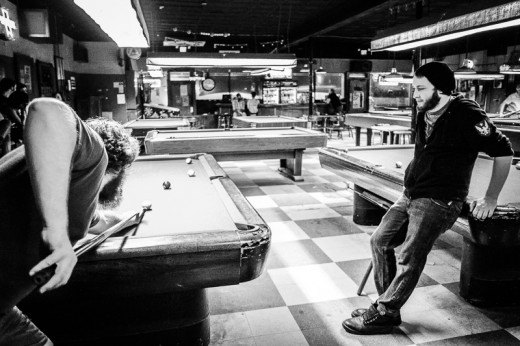
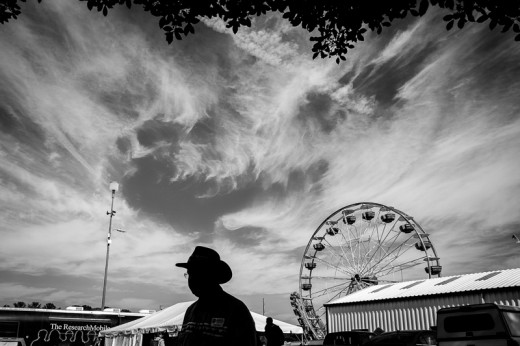


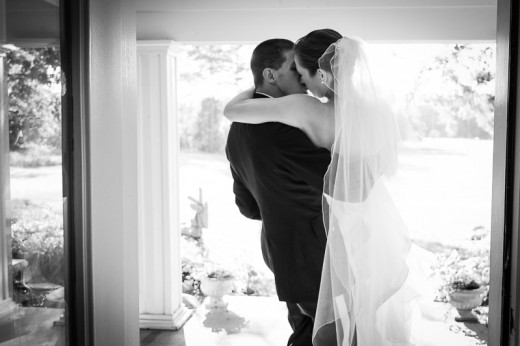

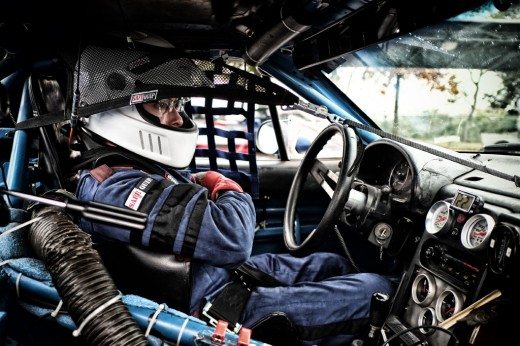
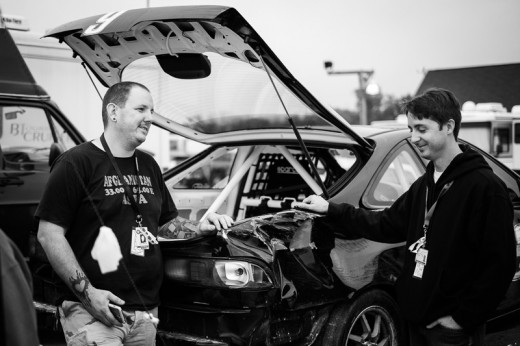

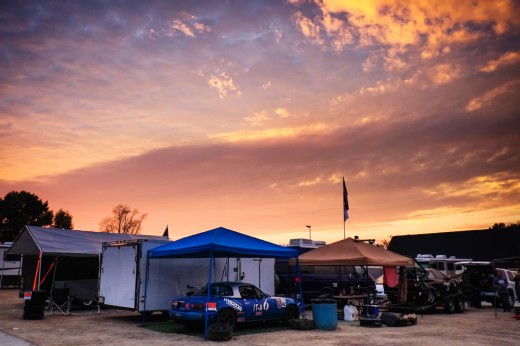

Ed Dombrowski on Oct 29, 2013 at 5:28 am
Thanks for the write up Mark. I took pretty much the same path you did. I had a full Nikon system and added the GF-1, then the OMD. Micro 4/3rds was going to be my final destination until I bought an X100s while selling all the Nikon gear. I have now settled on Fuji and am very happy. I think what you said is so important. It may not be for everyone (pure wildelife and sports shooters may not be happy) but if you shoot a variety of things you can make just about any picture, but you might have to change your process a little. I am mostly a people photographer but I do like to do some action once in a while. I can make it work but prefocus and timing tend to work best rather then continuous AF and machine gun approach. Anyhow, thats such a small percentage of my shooting that it doesnt make sense financially to keep a whole dslr system just for that.
Tim on Oct 29, 2013 at 3:49 pm
Not *that* many people have shot both the OM-D and Fuji X’s; your comment that the Oly is “probÂaÂbly the best perÂformer overÂall…†followed up quickly by plugs for the Fuji image-quality/controls, is provocative. If you wanted to say some more on the subject I bet lots of people would be interested.
mschueler on Oct 29, 2013 at 4:49 pm
Tim… I will try to do that! I wish I had them side by side to do a better comparison, but the crux of it is this: the OM-D is ultimately limited a bit by its sensor, it has some fiddly buttons, and the dials could be a little better. I also didn’t love its Auto-WB or its JPEG rendering, necessitating shooting in RAW most of the time. However, it has great lenses, is weather proofed, has a great touchscreen LCD that can tilt and you can press to focus (very useful!!), and autofocuses noticeably quicker than the X-E1 (which I would just categorize as “good enough”). The new Olympus EM-1 looks to address a lot of those issues, but again, is ultimately limited by the sensor. If you don’t need high ISOs, it may be the better camera overall. If you do, I prefer the Fuji.
Jiri Ruzek on Oct 30, 2013 at 4:30 am
I am currently in a half of the same process of exchange, in my case from Nikon D700. Just waiting for X-E2. Thanks for the article. Jiri
Simon Peckham on Oct 30, 2013 at 1:57 pm
Great review Mark. Plenty of images and info on my blog following 2 years with the x100 and X-E1. Practical everyday stuff rather than pixel peep.
Joe S on Jan 6, 2014 at 3:55 pm
After updating to firmware 2.10 (available Dec. 19, 2013) on the X-E1, the auto-iso works very nicely.